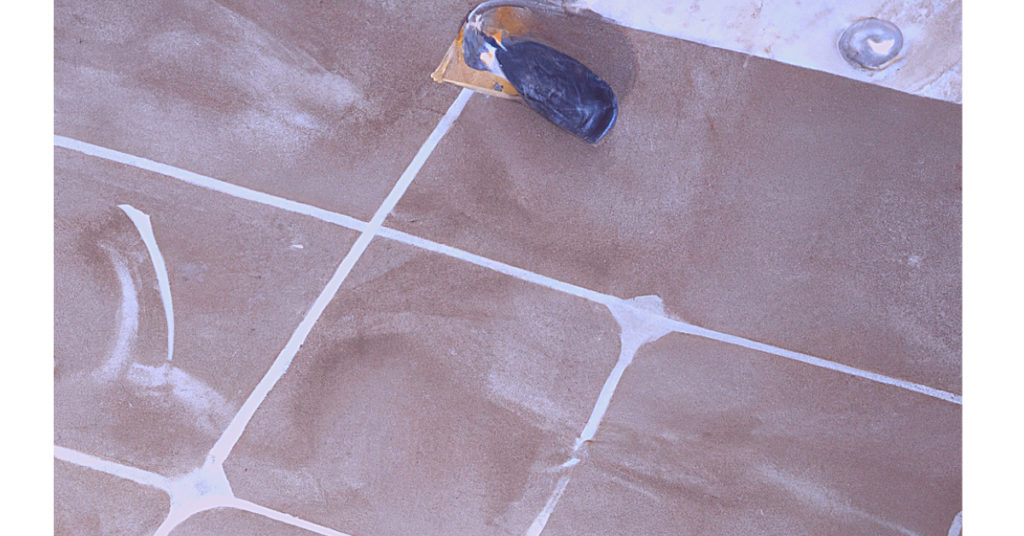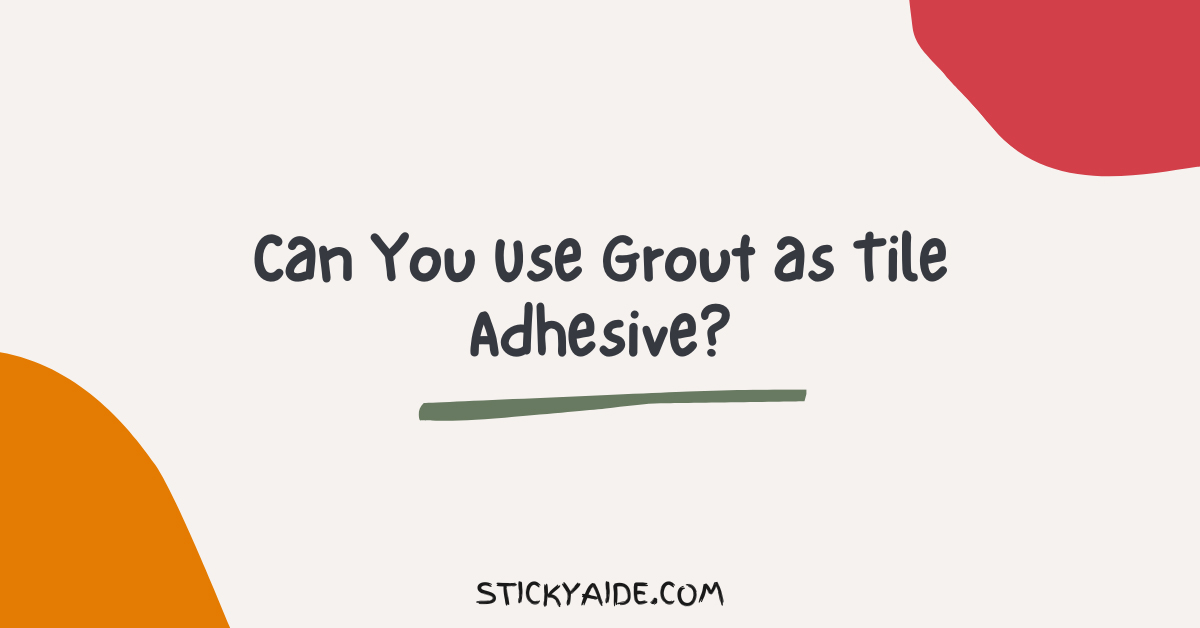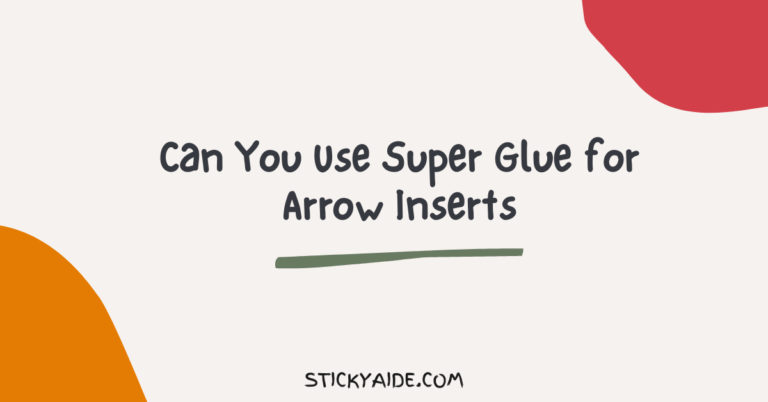If you’re working on a DIY tile project, you will come across the terms grout and adhesive. But can you use grout as tile adhesive? What are the pros and cons of doing so?
This guide will help you figure out if grout can substitute for tile adhesive and also tell you why it’s best to stick with tile adhesive instead of using grout as adhesive.
Read More: How To Remove Tile Adhesive From Concrete Floor?
Can You Use Grout as Tile Adhesive?
While it is possible to use grout as tile adhesive, it is not recommended. Grout is a material that will set relatively quickly, which means you don’t have as much time to work with it.
If you’re considering using grout as tile adhesive, you should know a few things. First, grout is not as strong as traditional tile adhesive, so it may not hold up well in areas with high traffic or moisture.
Additionally, grout can be challenging to work with and may not give you the clean, professional look you’re going for. However, grout is much cheaper than tile adhesive, so it may be worth considering if you’re on a tight budget. Ultimately, you decide whether or not to use grout as tile adhesive is up to you.

Advantages
1. If you’re in a bind and need to tile a small area quickly, using grout as an adhesive can be a temporary solution.
2. It’s also much cheaper than buying tile adhesive.
3. Plus, if you have some leftover grout from a previous project, you can put it to use rather than letting it go to waste.
4. Grout is also relatively easy to work with – mix it up with water according to the instructions on the package, apply it to your tile, and let it dry.
5. Once it’s dry, grout is durable and will last many years.
Read More: MusselBound Adhesive Tile Mat Review
Disadvantages
While grout can technically be used as an adhesive, there are several reasons why you shouldn’t:
1. Grout is not as strong as tile adhesive, so your tiles may not stay in place for long.
2. Challenging to spread evenly, so you may have an uneven surface.
3. Grout can be difficult to clean up if you make a mistake.
4. Grout can be expensive, so using it as an adhesive can add to the cost of your project.
5. Grout is porous so that it can absorb dirt and stains over time.
6. Grout is susceptible to mould and mildew growth if it gets wet.
Read More: Can You Use Tile Adhesive As Grout?
Tips to Apply Grout to Tiles
Applying grout to tiles is not as difficult as it may seem. Here are a few tips on how to apply the grout to tiles:
1. Choose the right type of grout for your project. There are many different types of grout, so be sure to select the one best suited for your needs.
2. Mix the grout according to the manufacturer’s instructions. This is important to get the consistency right.
3. Apply the grout to the tiles using a rubber spatula or trowel. Start in one corner and work your way out.
4. Use a damp sponge to remove any excess grout from the surface of the tiles. Be careful not to use too much water because this will cause the grout lines to close up.
5. Allow the grout to dry completely before sealing with an acrylic sealer to protect the tile and help resist staining.
6. If you are still unsure about whether you should use tile adhesive or grout, consult a professional who can advise you on what would be best for your specific project!
Read More: Tile Adhesive vs. Thinset Mortar
Things to Avoid
You may be tempted to use grout as tile adhesive in a pinch, but there are several reasons why you should avoid this:
- Grout is not made to bond two surfaces together. It is designed to fill the spaces between tiles and make them watertight.
- It is not as strong as tile adhesive. It is not made to withstand the weight of tiles, so likely, and your tiles will eventually come loose.
- Grout can be difficult to work with. It can be hard to get a smooth, even surface when using grout as tile adhesive.
- Grout can be messy. It can be challenging to clean up and can leave your surfaces looking dirty.
- It can be expensive.
What is the purpose of using grout as an adhesive?
The primary function of grout is to fill in the open spaces between tiles. However, tile adhesive will attach your tiles to your surface.
Grout also serves as a sealant that protects your tiles from staining, bacteria, and other substances that could damage them.
Grout is also designed to be very durable and stand up to wear and tear over time. As a result, grout will be more difficult to remove if you ever need to replace or repair any tiles.
Are there any other alternatives to using grout as a tile adhesive?
Many brands of tile adhesive also offer ready-to-use grout that is simply mixed with water to create a grout-like substance that can be used to fill in the spaces between your tiles.
However, since it is essential to find a tile adhesive that is appropriate for your specific tiling project, it is strongly recommended that you select a tile adhesive and grout combination made by the same manufacturer.
This will help ensure that your tiles will be properly attached and remain sealed against staining.
Conclusion
If you’re planning to tile your bathroom, kitchen, or any other room in your home, you will need to acquire several materials, including tile adhesive and grout.
Grout is a substance used to fill the spaces between tiles, and tile adhesive is the material used to attach tiles to the surface you are tiling.
Though grout can be used as tile adhesive, it is not recommended. The adhesive made by the same grout manufacturer is to ensure your tiles are secured and do not stain.








